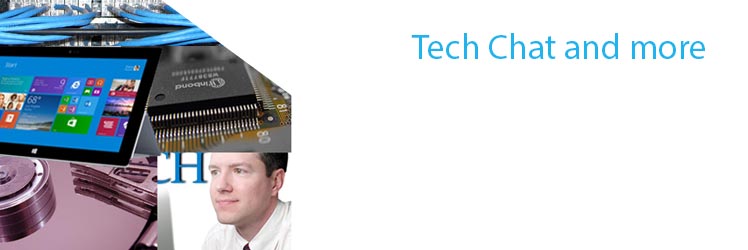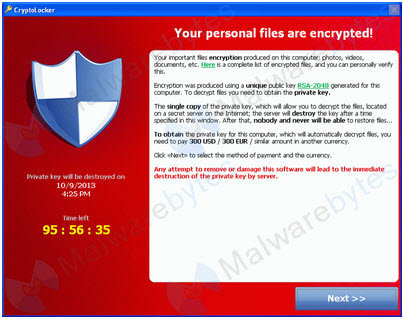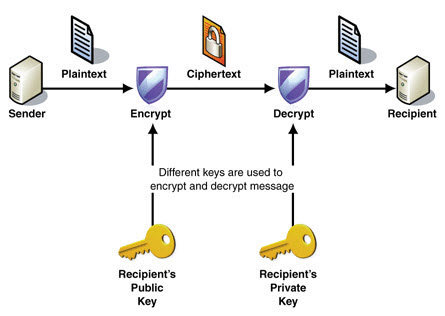Tech Chat

CryptoLocker is a ransomware trojan which targets computers running Microsoft Windows and first surfaced in September 2013. A CryptoLocker attack may come from various sources; one such is disguised as a legitimate email attachment. When activated, the malware encrypts certain types of files stored on local and mounted network drives using RSA public-key cryptography, with the private key stored only on the malware's control servers. The malware then displays a message which offers to decrypt the data if a payment (through either Bitcoin or a pre-paid voucher) is made by a stated deadline, and threatens to delete the private key if the deadline passes. If the deadline is not met, the malware offers to decrypt data via an online service provided by the malware's operators, for a significantly higher price in Bitcoin.
Although CryptoLocker itself is readily removed, files remain encrypted in a way which researchers have considered infeasible to break. Many say that the ransom should not be paid, but do not offer any way to recover files; others say that paying the ransom is the only way to recover files that had not been backed up. Payment often, but not always, has been followed by files being decrypted.
This ransomware is particularly nasty because infected users are in danger of losing their personal files forever.

Spread through email attachments, this ransomware has been seen targeting companies through phishing attacks. Cryptolocker will encrypt users’ files using asymmetric encryption, which requires both a public and private key. The public key is used to encrypt and verify data, while private key is used for decryption, each the inverse of the other.
Below is an image from Microsoft depicting the process of asymmetric encryption.

The bad news is decryption is impossible unless a user has the private key stored on the cybercriminals’ server. Currently, infected users are instructed to pay $300 USD to receive this private key. Infected users also have a time limit to send the payment. If this time elapses, the private key is destroyed, and your files may be lost forever.
Files targeted are those commonly found on most PCs today; a list of file extensions for targeted files include:
3fr, accdb, ai, arw, bay, cdr, cer, cr2, crt, crw, dbf, dcr, der, dng, doc, docm, docx, dwg, dxf, dxg, eps, erf, indd, jpe, jpg, kdc, mdb, mdf, mef, mrw, nef, nrw, odb, odm, odp, ods, odt, orf, p12, p7b, p7c, pdd, pef, pem, pfx, ppt, pptm, pptx, psd, pst, ptx, r3d, raf, raw, rtf, rw2, rwl, srf, srw, wb2, wpd, wps, xlk, xls, xlsb, xlsm, xlsx
In some cases, it may be possible to recover previous versions of the encrypted files using System Restore or other recovery software used to obtain “shadow copies” of files. The website BleepingComputer have some additional insight on this Learn more.
Removal:
The only known solution at this time is a restore from a last data backup. This is an important reminder that all data on any computer system should be backed up regularly. These types of viruses are sure to become more common in the future. If your systems are infected, PCTECH can help you with the verification, re-installation of OS and restoration of applicable data.
Is your computer infected? Call us today